Cucumber variety Masha (F1)
Seeds of the Masha variety are produced by Seminis, which is part of the American multinational corporation Monsanto. The seeds are packed in Holland. The manufacturer warns about the inadmissibility of additional preparation of seeds for planting - the seeds have already been treated with special compounds. In no case should they be soaked before planting!

Cucumbers Masha belong to the first generation hybrids, as indicated by the F1 mark in the name. There is a law of biology stating that the first generation of hybrids of various breeds of animals and varieties of plants is distinguished by great vitality, productivity, resistance to diseases and adverse environmental conditions. This effect is due to genetics and is called the phenomenon of heterosis. It is worth remembering that it is useless to plant seeds obtained from heterotic plants - their properties are not preserved in future generations.
This variety is intended by the producer for cultivation in greenhouses, but in the southern regions of Russia it is quite suitable for open ground. Plants are high-yielding, parthenocarpic (no pollination by bees is required). When grown in a film greenhouse, the yield is 10 - 11 kg / m2. The output of marketable products is 95%.
The hybrid is early ripe; subject to agricultural technology, it begins to bear fruit on the 36th day after germination. Claims on the Internet that this hybrid is the earliest in the world is a publicity stunt. For example cucumbers Amur, Yummy, Marinda, Desdemona, Parade and others begin bearing fruit 35 days after germination.
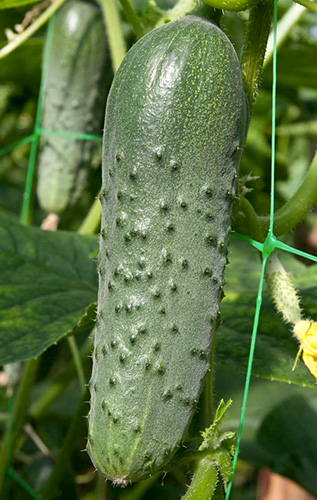
Plants are determinate (the growth of the main stem is limited by the flower race), female flowering type. Shoot-forming ability of bushes is limited, which simplifies their formation. Abundant fruiting is achieved due to the bouquet-laying of ovaries in the plant nodes (up to 7 ovaries per node). The leaves are green and dark green, medium in size, medium wrinkled.
Fruits are dark green, cylindrical, large-lumpy, weighing 90-100 g, 3-3.5 cm in diameter, with light stripes of medium length and mild spotting. The skin is thick. Pulp without bitterness. Pubescence is white. Zelentsy reach a length of 11 cm, but it is recommended to collect them when they reach 8 - 9 cm. This is done to increase the number of new fruits, increase the yield of the entire bush as a whole. Unpicked fruits outgrow, losing taste, and also pull off nutrients.
Cucumber Masha is intended by the manufacturer for fresh consumption. In 2000, it was entered into the State Register of the Russian Federation as salad and canning. Vegetable growers have already tried it in salting. He demonstrated high taste, the fruits retained their elasticity, remained crispy when salted, no voids formed inside. Also zelentsy tolerate transportation well.

The variety is resistant to cladosporium disease (olive spot), cucumber mosaic virus, powdery mildew. To prevent the death of plants from other diseases, it is recommended to spray at the first signs of a disease.
The agricultural technology of the Masha hybrid is no different from the rules for growing other varieties:
- Seeds should be planted so that, taking into account the germination time, it is possible to plant seedlings in a greenhouse or open ground at the age of 25 - 30 days. Otherwise, the seedlings outgrow, stretch out and the plants become weakened.
- It is better to plant seeds in separate small containers or peat tablets to a depth of 2 cm. Cucumbers have a very delicate root system, so you need to transplant seedlings carefully, each plant with its own lump of soil.
- Landing in the ground is carried out when night temperatures do not fall below 18 ° C. Cucumbers generally do not tolerate transplanting well, so in the south it makes sense to grow them in a seedless way, planting, depending on the weather, seeds directly in the ground in early or mid-May. The greenhouse can be planted earlier.
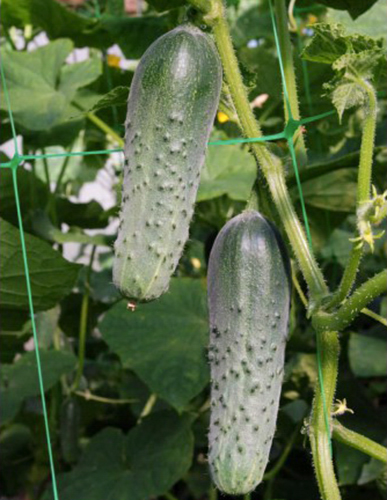
- It is imperative to add organic and phosphorus mineral fertilizers to the soil. Phosphorus is needed for the formation of the root system. Organic fertilizers are essential for growth, green mass and high plant productivity.
- Cucumbers are very fond of water, the soil should not be allowed to dry out. They should be watered only with warm water, watering with cold water can lead to a massive discharge of ovaries.
- Trellis are used for cultivation. Practice shows that this reduces the number of mutilated and rotten fruits, the plant is less susceptible to fungal diseases, weeds do not interfere with its growth, it receives a sufficient amount of sunlight. Cucumbers should be grown in well-lit areas other than southern and arid areas. In these regions, it is better to choose a place in light partial shade or cover from the sun to avoid sunburn. Planted in 2 - 5 bushes per square meter. meter.
- When planting seedlings in a permanent place, it should be borne in mind that dug cucumbers will not grow until they form additional roots on dug areas of the stem. This can take anywhere from a week to a month. Therefore, dropping the whip is not recommended when growing in the middle lane.
- Before mass flowering, as soon as the very first flowers appear, it is necessary to fertilize with organic fertilizers. Cucumbers, unlike tomatoes, practically do not respond to the application of potash fertilizers before fruiting.
According to gardeners, many appreciate the Masha variety for its high yield, the absence of barren flowers, the preservation of density in salting and canning. The presentation of the crop is also highly appreciated - all the harvested fruits turn out to be of approximately the same shape and size.
Some vegetable growers speak negatively about a skin that is too thick, in their opinion, and a weak aroma.
In the rating of varieties and hybrids of the forum "tomato-tomato" for 2013, the hybrid Masha scored 4.55 points out of 5.5.
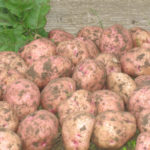
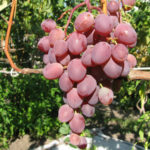
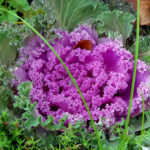
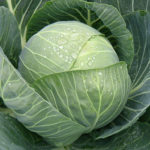
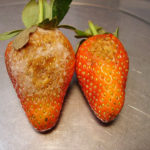




A wonderful variety. Cucumbers were grown in the open field (north). Very tasty. I have reaped a big harvest from four branches! thank
Masha cucumbers have been growing for several years in a row. They are good both fresh and canned: crispy and tasty. Some acquaintances say that their skin is rough, but I would not say so.
I grow several varieties on trellises every year, so I have the opportunity to observe and compare. These cucumbers are very hardy. Phytophthora, gray rot, they were not taken, even when other varieties were sick nearby. Even the aphids preferred their neighbors. And in general, the lashes look healthy and strong, bear fruit for a long time.
As for abundant fruiting, it can only be achieved with regular feeding.
Super cucumber. Cucumbers grew in the open field, spread on the ground, the heat for 2 weeks was under 45 in the sun, watering was limited because the garden was located in the field, but nevertheless there was no bitterness in the cucumbers, the harvest was decent (they ate fresh, part were corked and part of the crop was stored in the refrigerator for 2-3 weeks). Cucumbers actually did not get sick (for prophylaxis, they treated them with household soap and ash). In my opinion Masha F1 and Director F1 are the best varieties of recent years for growing in very arid regions (previously I tried to grow Herman, Ecol, spring, phoenix, Parisian cornushen, courage).
We have been growing Masha for the second year now, and I am very pleased with them.Most of all I like their taste and the fact that there is no bitterness, although there were delays in watering. I plant them in three stages until the fall.
And how many months it bears.